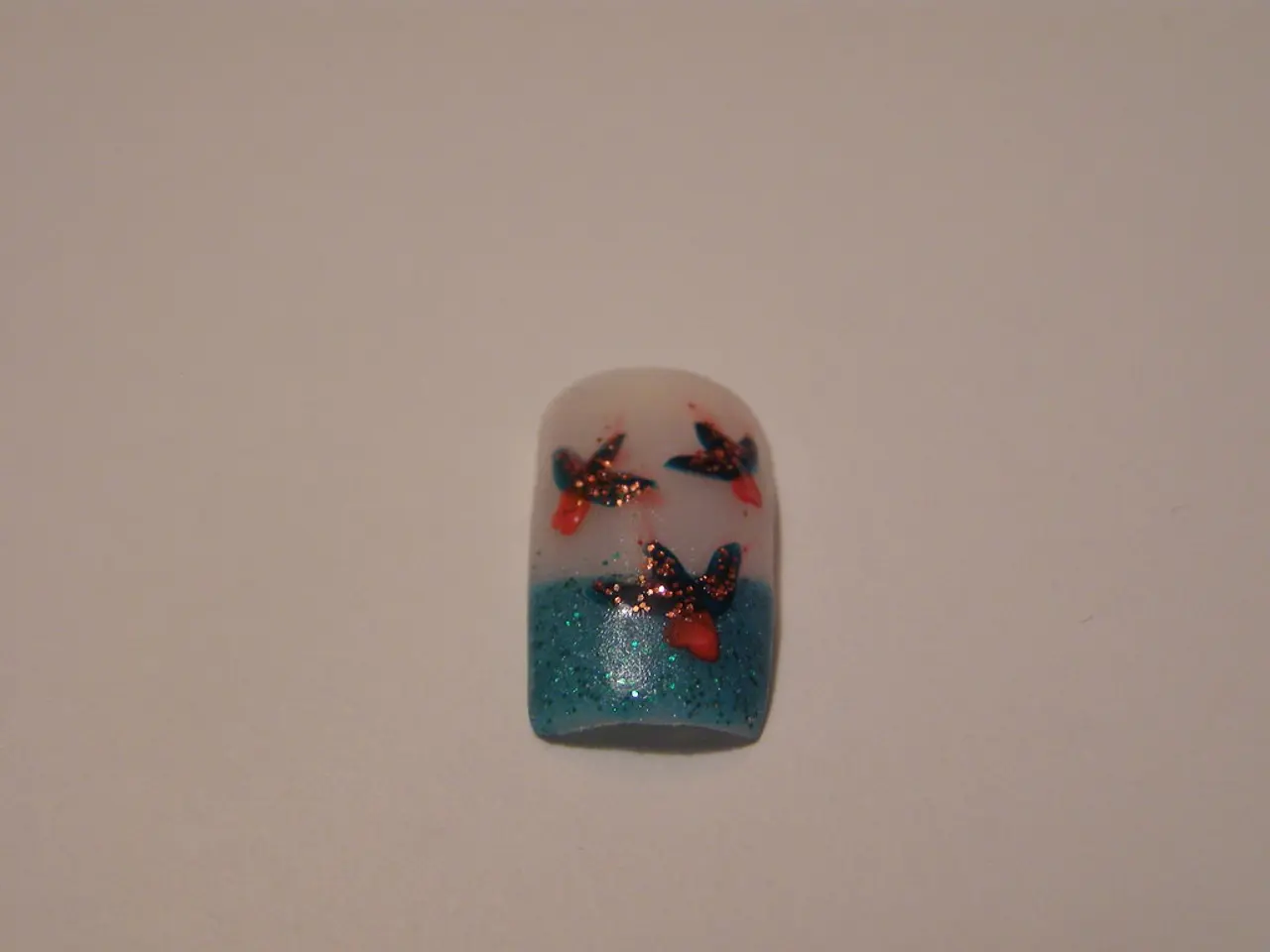Toe Nail Detachment: Remedies, Causes, and Extraction Methods
### News Article: Home Remedies and Self-Care Tips for Detached Toenails
When it comes to dealing with a detached toenail, whether caused by a fungal infection or an injury, it's essential to take the right steps to promote healing, prevent further infection, and manage discomfort. Here's a comprehensive guide to effective home remedies and self-care tips for those in this situation.
#### Keep the Area Clean and Dry
Maintaining good hygiene is crucial for infection control. Gently clean the affected toe with mild soap and water daily, and ensure it is thoroughly dried to prevent fungal growth. Avoid tight shoes that cause pressure or trauma to the nail, as these can exacerbate the problem.
#### Topical Antifungal Treatments for Fungal Infection
For fungal infections, topical antifungal products such as amorolfine nail lacquer, ciclopirox, or tioconazole, when prescribed by a healthcare professional, can help treat the infection. Over-the-counter options like undecylenic acid, topical tolnaftate, topical terbinafine, and tea tree oil, which have antifungal and antiseptic properties, can also be used. Tea tree oil, in particular, can be applied twice daily over several months for best results. Vicks Vaporub has shown some anecdotal evidence and studies supporting its use when applied daily to the nail area, but medical confirmation is always advised.
#### Nail Care and Protection
Avoid forcibly removing the detached nail; let it detach naturally or seek medical removal if necessary. Protect the nail bed by covering with a sterile bandage or dressing when exposed to prevent infection and injury. Trim any loose edges carefully to avoid catching or tearing further.
#### Pain Relief and Inflammation Control
Elevate the foot and apply ice packs to reduce swelling if caused by injury. Over-the-counter pain relievers like ibuprofen can help manage pain and inflammation.
#### Avoid Ineffective or Risky Home Remedies
Many popular home remedies, such as apple cider vinegar, garlic, menthol, and others, have limited or no scientific proof and could potentially cause harm or delay effective treatment. If symptoms persist or worsen despite home care, it's crucial to seek a healthcare professional for possible prescription treatment or nail removal.
#### When to Seek Medical Treatment
If the fungal infection is severe or the nail detachment is extensive, a doctor may recommend partial or full nail removal to allow medications to work better. Persistent or recurring infections often require prescription oral or topical antifungals.
For those with psoriasis, it's essential to speak to a doctor to rule out a fungal infection, as psoriasis under the toenail can cause the nail to fall off due to the buildup of skin cells acting like blood under an injured nail. To prevent toenail fungus, keep the feet dry, keep the nails trimmed, change socks frequently, disinfect nail clippers after use, and wear shoes in damp community areas.
Soaking the affected area in cool water can help alleviate pain, and fungal infections can cause the toenail to be white or yellowish, thicker, have an unusual shape, be brittle or easily broken, and have a foul smell. When only part of a toenail has fallen off, leave the remaining part of the nail in place and trim or file any jagged or uneven edges. A detached toenail will typically grow back within a year and a half.
Treating fungal infections may require topical creams, oral antifungal medications, or a combination of both. Complications of removing a toenail include damaging the skin of the nail bed and developing an infection. Symptoms of infection include pus, bleeding, fever, pain, redness, or swelling. In extreme cases, surgery may be required to remove the nail and stop it from growing back.
If medical attention is not sought, a person can start treatment on the toenail by using a file to remove rough edges, cleaning the nail bed, covering the area with a bandage, carefully clipping partially attached nails, and avoiding the removal of any remaining nail. In cases where medical attention is appropriate, signs of infection should be closely monitored.
In conclusion, adhering to these self-care tips can help support healing of a detached toenail due to fungal infection or injury while minimizing complications. Persistent or severe cases should be evaluated by a healthcare professional to consider prescription treatments or nail removal procedures.
- Good hygiene is vital for infection control when dealing with a detached toenail.
- Maintaining cleanliness involves gently cleaning the affected toe with mild soap and water daily, and drying it thoroughly to prevent fungal growth.
- Tight shoes that cause pressure or trauma should be avoided to prevent exacerbating the problem.
- For fungal infections, topical antifungal products such as amorolfine nail lacquer, ciclopirox, or tioconazole can be used when prescribed by a healthcare professional.
- Over-the-counter options like undecylenic acid, topical tolnaftate, topical terbinafine, tea tree oil, or Vicks Vaporub can also be used for treating fungal infections.
- It's crucial to cover the nail bed with a sterile bandage or dressing when exposed to prevent infection and injury.
- Trim any loose edges carefully to avoid causing further damage or catching or tearing.
- Over-the-counter pain relievers like ibuprofen can help manage pain and inflammation.
- Many popular home remedies, such as apple cider vinegar, garlic, menthol, have limited scientific proof and could potentially cause harm or delay effective treatment.
- For those with psoriasis, it's essential to consult a doctor to rule out a fungal infection.
- To prevent toenail fungus, it's important to keep the feet dry, trim the nails, change socks frequently, disinfect nail clippers, and avoid walking barefoot in damp community areas.
- A detached toenail will typically grow back within a year and a half.
- In extreme cases, surgical removal of the nail may be necessary to stop it from growing back.




